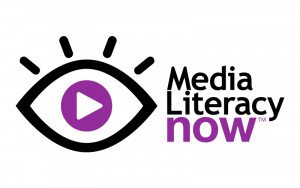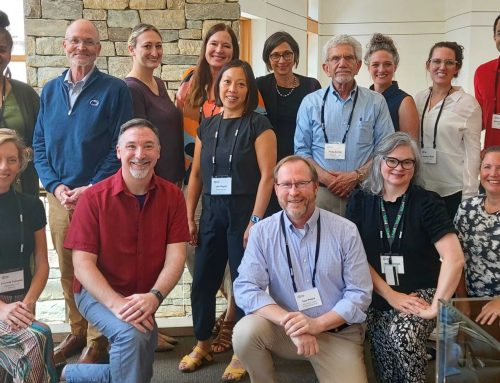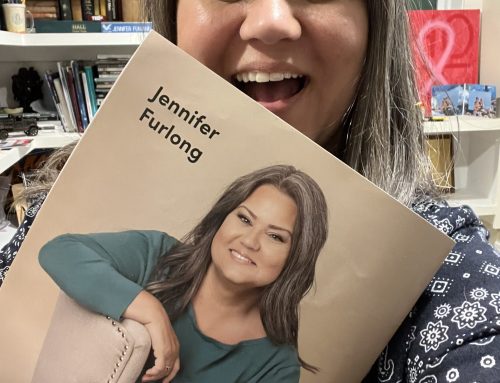Or: “The Facts of Life,” by Paul Fleischman
The year was 1950. As a lark, the tiny magazine that my father wrote for publish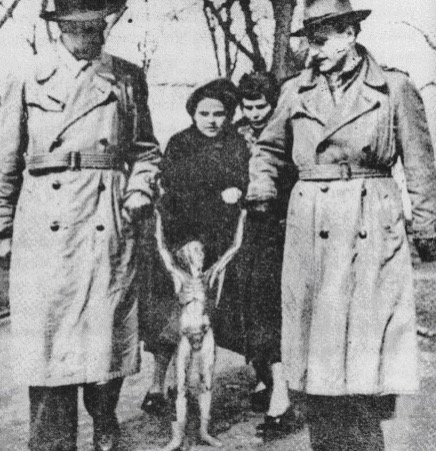 ed this photo of an alleged 27-inch alien who was said to have crashed outside Mexico City. The picture had come from a flying saucer fanatic and was so obviously faked that the staff thought no reader would take it seriously. Instead, the issue sold out and the story went national. The office phone rang off the hook. People called in confirming they’d seen the craft before it crashed. The magazine had inadvertently discovered the future readership of Weekly World News, the tabloid that revealed the location of the Garden of Eden (it’s in Colorado) along with the forty-three entrances to Hell.
ed this photo of an alleged 27-inch alien who was said to have crashed outside Mexico City. The picture had come from a flying saucer fanatic and was so obviously faked that the staff thought no reader would take it seriously. Instead, the issue sold out and the story went national. The office phone rang off the hook. People called in confirming they’d seen the craft before it crashed. The magazine had inadvertently discovered the future readership of Weekly World News, the tabloid that revealed the location of the Garden of Eden (it’s in Colorado) along with the forty-three entrances to Hell.
Fifty-plus years later, writing a guide to our environmental dilemma for teens, I knew I needed to give them tools to tell fact from fiction. I ended up spending as much space on information sources and mental distortions as on carbon, since the battle to save the planet is fought in the mind no less than on land and sea and in the air. You’d have thought our minds would have thrown off self-deception when Covid-19 appeared, with the deaths close at hand rather than distant or hypothetical. Instead, much of the U.S. armed itself with denial and a paradoxical distrust of s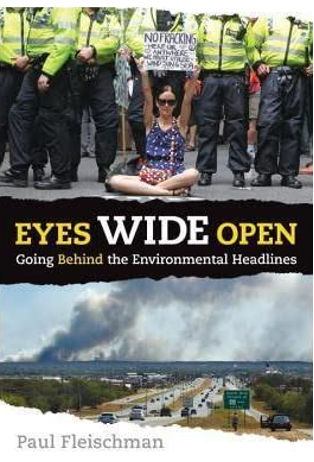 cience.
cience.
What’s going on?
My answer: we’re a social species, perhaps our greatest strength as well as a crucial weakness.
Open minds and the collaborations of science playing out over centuries paved the way to our technological triumphs. But membership in a group often means that our minds’ first allegiance won’t be to the truth, but to our political party, nation, religion, or college football team. Should our group be attacked, we’re supposed to counterattack, not weigh the justice of the complaint. This can require disengaging our reason and sometimes our humanity. Those who don’t are branded traitors, a word that buzzes with high voltage.
Our minds are subject not only to bias, but laziness. Changing our opinions is energy-intensive as well as jarring. When inconvenient information arrives, it’s easier to let denial and other defense mechanisms rush into action to slay doubt and preserve the status quo. Facts that discredit our mental vested interests will be explained away or ignored; fantasies that support them will be believed. In short, we’re apt to believe what we want to believe. Which is a lousy test of veracity.
These habits of mind move history. An ancestor of my mother was tried as a witch in Massachusetts. She escaped the noose but the misogyny, bad science, and search for scapegoats that ensnared her haven’t died out. Two hundred years later, my father’s father lived in a Russia where Jews were the scapegoats of choice and the most popular fake news headline was “Jews Murder Christian Children to Use Blood in Passover Bread!” That shocker was the spark behind centuries of pogroms, creating the climate that spurred my grandfather’s emigration.
Spreading falsehoods for advantage will never die. But neither should our unmasking of it. These times demand extra effort in keeping the light of clear thinking lit. To do so we’ll need to do what we did with driver’s ed and sex ed: start carving out classroom time to teach a new subject we now realize is vital. Giving students the tools to test claims is our best hope of forging a bond with the truth that won’t bend under pressure.
A great place to start would be an issue of Weekly World News, beginning with its slogan: “The World’s Only Reliable News.”
Paul Fleischman’s diverse output stretches from nonfiction to novels to the Newbery-winning Joyful Noise: Poems for Two Voices. Eyes Wide Open: Going Behind the Environmental Headlines is available from Candlewick Press.
